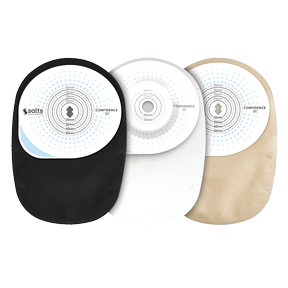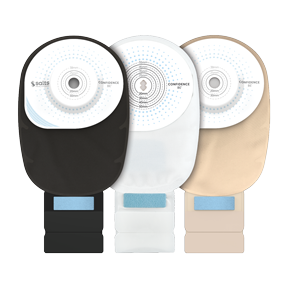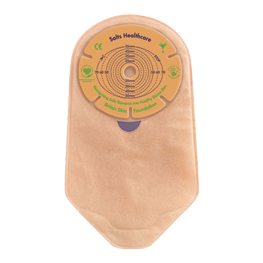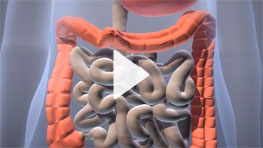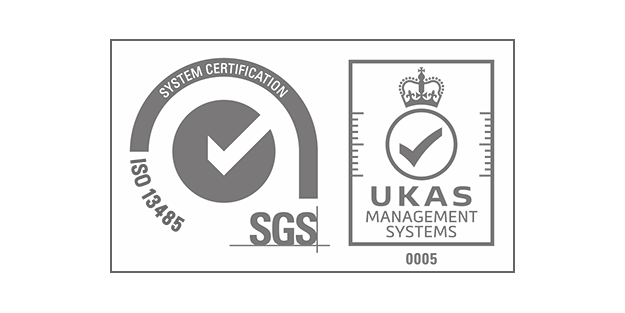What is a stoma?
Stoma is a Greek word meaning ‘opening’ or ‘mouth’. A stoma is an opening on the abdomen that can be connected to either your digestive or urinary system. This will allow waste (urine or faeces) to be diverted out of your body.
Why do people have stomas?
There are many reasons why you may need a stoma.
Some of the common reasons include:
- Bowel cancer
- Bladder cancer
- Inflammatory bowel disease
- Crohn’s Disease
- Ulcerative Colitis
- Diverticulitis
- An obstruction to the bladder or bowel
Is a stoma permanent?
You can either have a temporary stoma or a permanent stoma, depending on the reason for the stoma formation.
Types of stoma
There are generally three main types of stomas, which are related to the digestive and urinary system.
Please see below the three types of stoma which can be formed:
Colostomy: from the large bowel
Ileostomy: from the small bowel
Urostomy: urinary stoma
The Digestive System
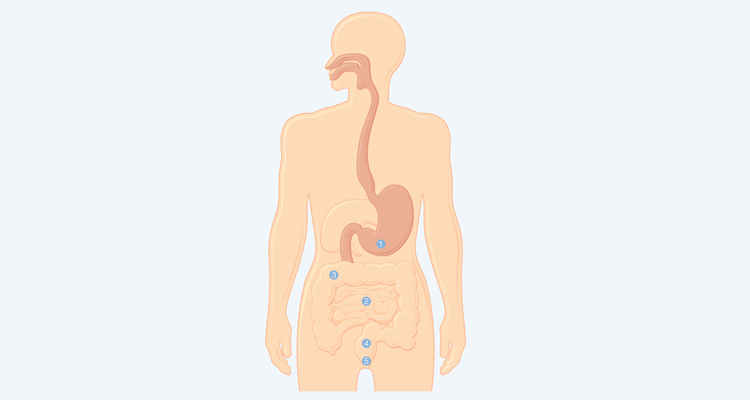
The digestive system:
Stomach
Small bowel (ileum)
Large bowel (colon)
Rectum
Anus
How does the digestive system work?
Your digestive system, also known as the gastrointestinal system, is part of your body that absorbs and digests food, as well as eliminating the body’s waste. Anything you eat or drink is chewed in your mouth before travelling down your oesophagus into your stomach where the food is further broken down by gastric juices.
This will then be pushed along your digestive system into the small bowel, where the digestion and absorption process continues and your body obtains the necessary nutrients it needs.
The waste from this process along with any fluid moves into the large bowel. This is then absorbed, turning the waste material into a solid stool. The solid stool is then stored within your rectum and then excreted via the anus when appropriate.
What is a stoma bag?
During your stoma operation a small opening on the surface of the abdomen will be formed, in order to divert the flow of faeces or urine from the bowel or bladder.
This waste is then collected instead in your stoma bag. An ostomy bag will then fit securely around your abdomen using an attached or detachable flange extender.
Types of stoma bags
The type of stoma bag you are wearing will depend on the type of stoma which has been formed.
Please see below the types of stoma bags which are used for each stoma type:
- Colostomy - Closed or Drainable Stoma Bag
- Ileostomy - Drainable Stoma Bag
- Urostomy - Urostomy Bag
Types of ostomy surgery
Below you will be able to find out more information and helpful advice about the different types of ostomy surgery, to help you prepare for your stoma journey:
Preparing for stoma surgery
You will have the opportunity to meet with the Colorectal Surgeon and Specialist Nurse on one or two occasions before your surgery.
This is usually in clinic or at your pre-operative assessment appointment where you will be told about all aspects of your surgery, given written information and most likely be shown stoma products for you to consider.
You will be able to take samples home, so that you can familiarise yourself with items you may be using.
Please see below the stoma care products which are available for you to try after you stoma surgery:
During your preoperative appointments you should have time to ask questions and discuss any aspect of your care. You might want to start making a list of things to discuss prior to your appointments to take with you so that you do not forget to ask anything.
Please note: It is a good idea to take a member of your family or carer with you to your preoperative appointments, as there is a lot of information to take in.
Stoma care support
The stoma care nursing team will be key throughout your journey and will be available to advise and support both you and your family/carers.
Where possible, your Stoma Care Nurse will involve you in marking the ideal site for your stoma as a guide to the surgeon, taking into consideration your individual needs.
However, at the time of surgery, it may not always be possible to put the stoma in the exact position your Stoma Care Nurse has marked.
Helpful videos to prepare you for your operation
Below you can find some helpful videos to help you prepare for you ostomy surgery:

What to expect after your stoma surgery
Find out more information about what you can expect after your stoma surgery including; how your stoma works, how to change a stoma bag, taking care of your skin and how to adjust to life with a stoma.





